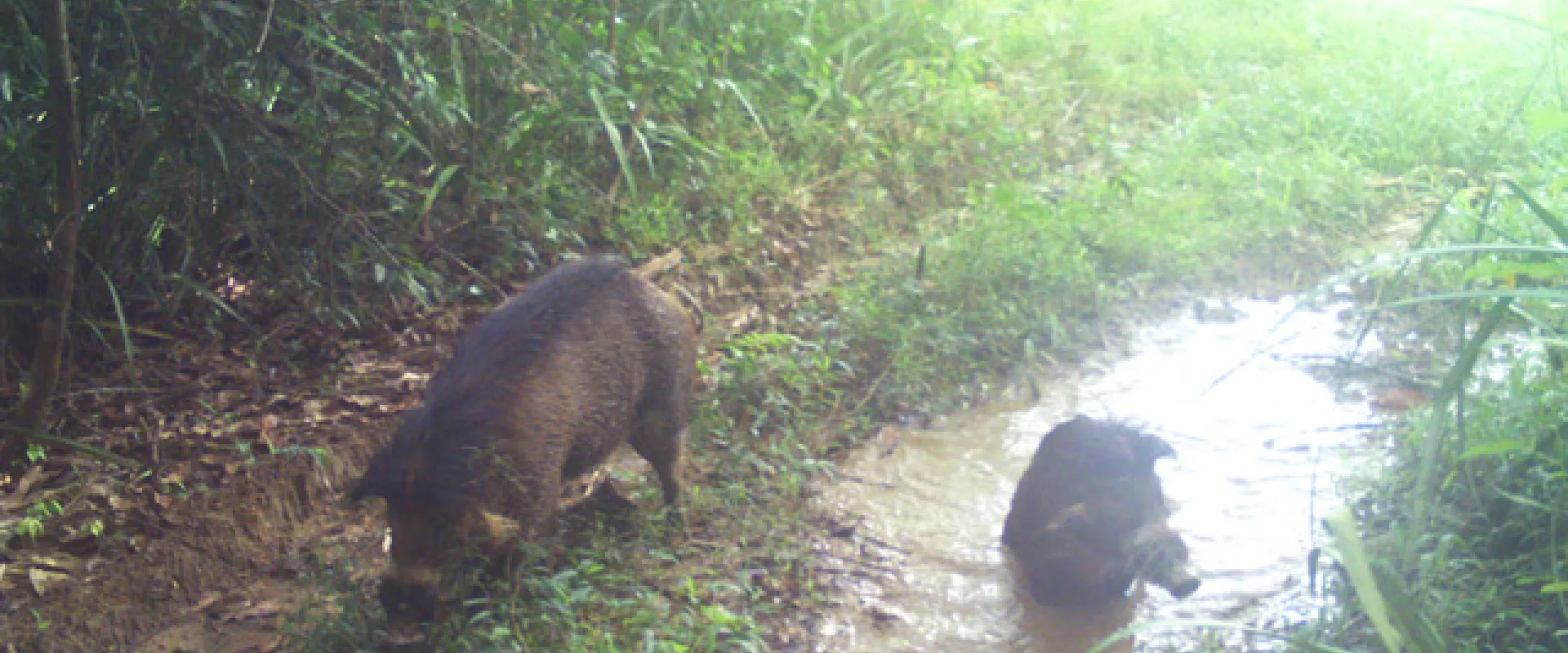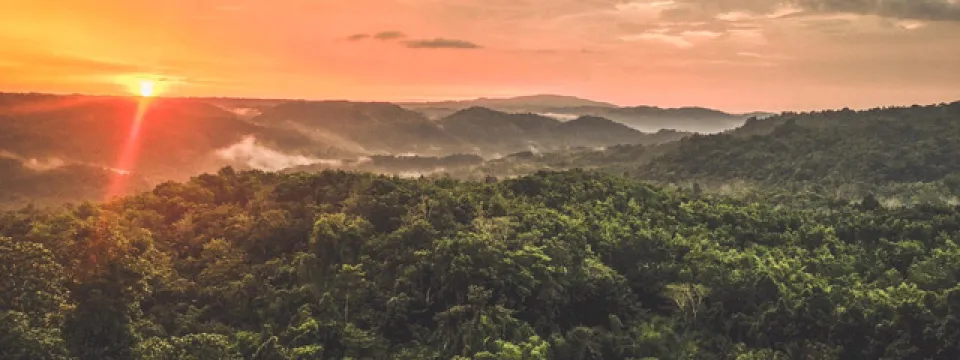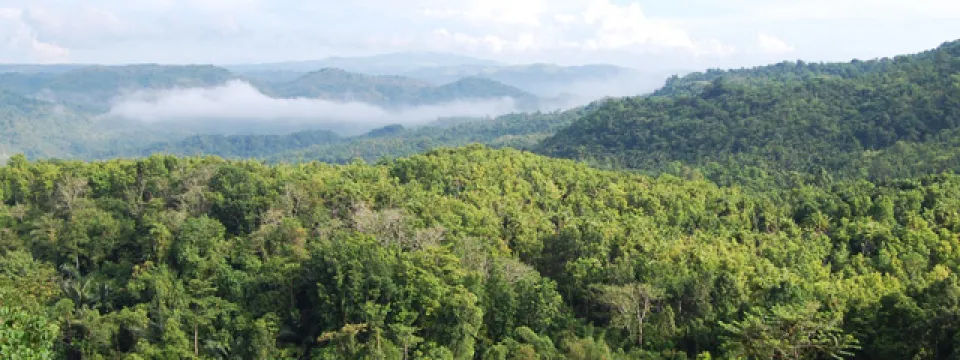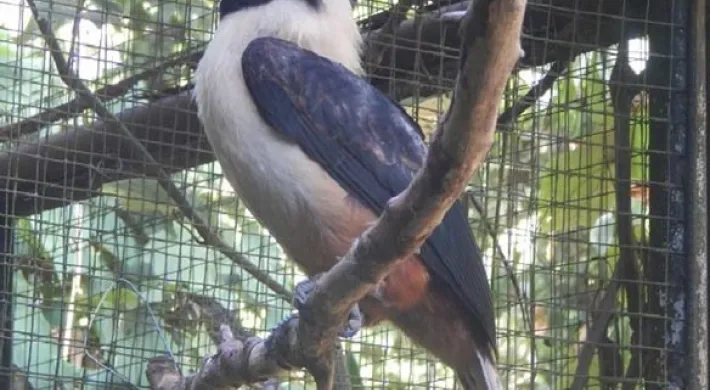Written by Roger Sweeney, Director of Animal Management & Welfare, North Carolina Zoo
As the North Carolina Zoo prepares for construction on the new Asia zone of the Zoo, many exciting new species are planned for the Asian habitats, including the critically endangered Visayan Warty Pig from the Philippines. This species comes from the West Visayas region of the Philippines and naturally occurs on two main islands there, Negros and Panay. Although the remaining wild populations declined dramatically in the past 50 years because of large-scale loss of natural habitat on their home islands, an ex-situ population was established under human care within the natural range of this species that has proved successful and sustainable. In recent years, plans were formed to reintroduce some of the animals raised under human care into restored forest areas where they previously had disappeared.
Pictured Above: Danapa Nature Reserve, Photo credit Talarak Foundation
The Visayan Warty Pig was included in a West Visayas endemic species conservation workshop held in Negros in June 2019. North Carolina Zoo staff participated in and co-edited the resulting conservation action plan. We are now working with a local conservation partner in Negros called Talarak Foundation to support conservation for the Visayan warty pig in several ways. Our goal is to ensure the continued existence of Visayan warty pig populations in the wild and restore habitat to allow an extension of their populations to become viable across their natural range. This includes reintroduction opportunities of animals raised under human care where possible and appropriate.
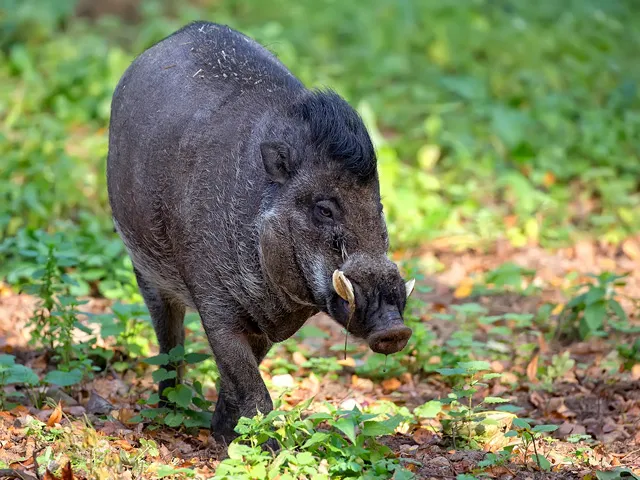
Visayan Warty Pig
One component of the Zoo's conservation work for the Visayan warty pig has been the experimental reintroduction of 18 (10 males & 8 females) Visayan warty pigs bred under human care into the Danapa Nature Reserve 42,000-acre site in Bayawan City in the Negros Oriental Province. What was once an agroforestry site has been transformed into a habitat for native wildlife after a decade of reforestation work by the Bayawan local government. During this time, invasive tree species have been systematically removed, and more than 23,858 native trees have been planted in their place.
Pictured Above: Danapa Nature Reserve, Photo credit Talarak Foundation
In July 2020, 18 Visayan warty pigs (along with 29 Visayan spotted deer) were released into a 750-acres soft-release site. The animals have been supported using ten supplemental feeding stations within the 750-acre site. They have been closely monitored through remote camera traps, GPS collars, and observation from the field biologist team. In the year since their release, they have adapted well and will soon be allowed access into a larger 3,000 acres natural reserve area.
Visayan Warty Pig with tracking collar
The Zoo is also partnering with Talarak foundation in other ways to support Visayan warty pig conservation, such as habitat assessments for other future release sites, technical support for managing the population under human care, and threat monitoring and mitigation actions for remaining wild populations in natural parks on the island of Negros. Stay tuned for future updates as our team plans to visit the release site in early 2022.
